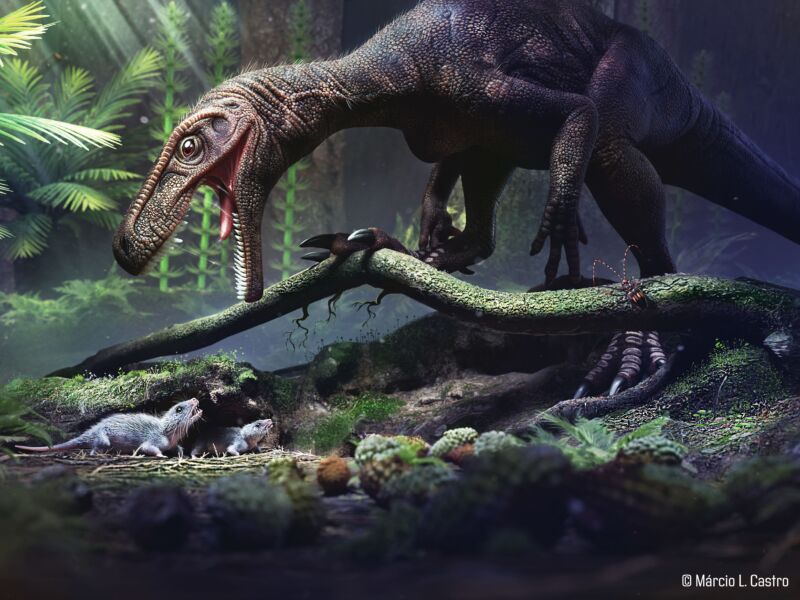
Enlarge / It takes careful study and the right kind of bones to determine how something like this breathed. (credit: Tito Aureliano et. al.)
Somewhere in Earth’s past, some branches on the tree of life adopted a body plan that made breathing and cooling down considerably more efficient than how mammalian bodies like ours do it. This development might not seem like much on the surface, until you consider that it may have ultimately enabled some of the largest dinosaurs this planet has ever known. It was so successful that it was maintained by three different groups of extinct species and continues to exist today in the living descendants of dinosaurs.
Because lungs don’t usually survive fossilization, one might wonder how scientists are able to ascertain anything about the breathing capabilities of extinct species. The answer lies within their bones.
In a suite of papers published in late 2022 and early 2023, paleontologists examined fossil microstructure within some of the earliest known dinosaurs to determine just how early parts of this system evolved.
No comments:
Post a Comment